Read tens of articles on MVC, and right now, it's one mess for me. I am trying to do the right thing with my project, which I am rewriting from procedural php into oop, however, I am confused.
I am sure, Model should include all the business logic, which makes sense imo. Not too sure about View. Should I pass data to View, and render the template accordingly, or should the View just ask for data it needs (from updated Model)?
Read a lot about it on SO too, but it just got worse. Answers differ, and I am a bit lost.
What is the right explanation of MVC pattern? (Well, I know it could be different here and there, but the point should stay)
MVC 1

MVC 2
